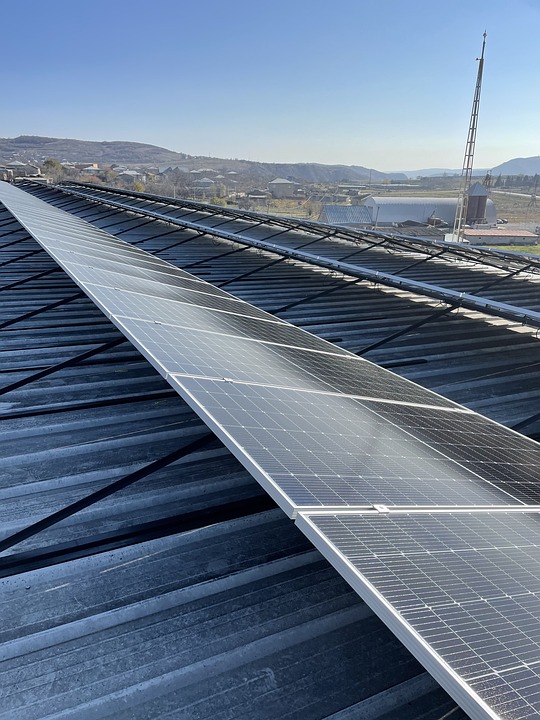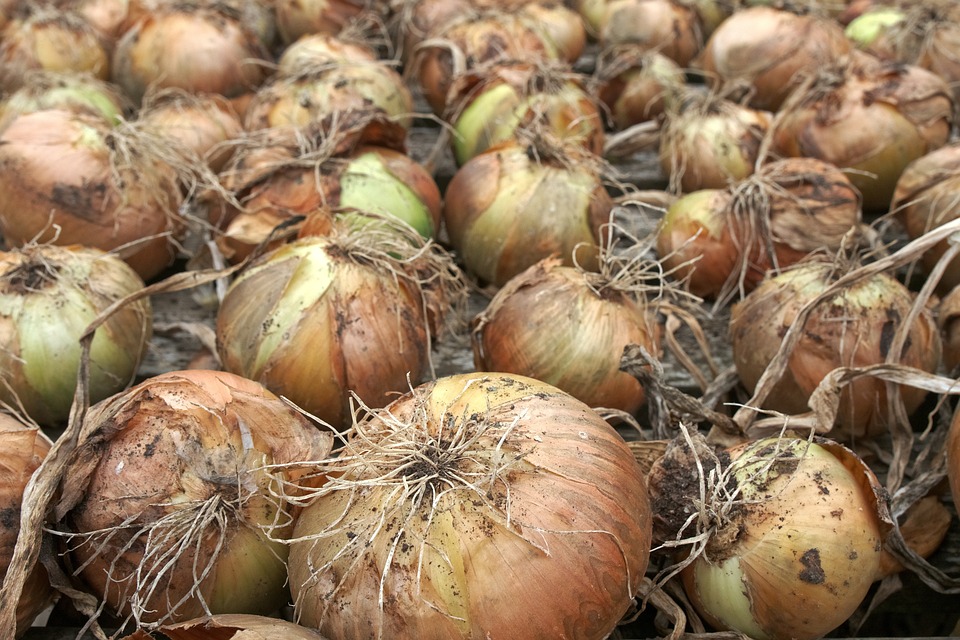The Rise of Eco-Tourism: A Guide to Sustainable Travel
The Rise of Eco-Tourism: A Guide to Sustainable Travel It was a warm summer day, and I found myself wandering through a lush, green forest in Costa Rica. As I hiked along the winding trails, I couldn’t help but marvel at the incredible biodiversity around me. From colorful birds flitting through the canopy to playful monkeys swinging from branch to branch, the rainforest was teeming with life. It was then that I realized the importance of sustainable travel and eco-tourism. The rising trend of eco-tourism has sparked a movement towards responsible travel that not only benefits the environment but also supports local communities. In this guide, we will explore the rise of eco-tourism and provide you with tips for embarking on your own sustainable travel adventures. What is Eco-Tourism? Eco-tourism, also known as sustainable tourism, is a form of travel that focuses on promoting conservation and responsible travel practices. It aims to minimize the negative impact of tourism on the environment and promote the well-being of local communities. Eco-tourism often involves visiting natural areas, engaging in wildlife observation, and supporting sustainable practices such as eco-friendly accommodations and local businesses. The Rise of Eco-Tourism In recent years, the rise of eco-tourism has been fueled by a growing awareness of environmental issues and a desire to protect and preserve our planet. Travelers are increasingly seeking out experiences that allow them to connect with nature and support sustainable practices. This shift has led to the rise of eco-friendly accommodations, responsible tour operators, and a growing movement towards sustainable travel. Pro Tips for Sustainable Travel 1. Research Eco-Friendly Accommodations: When planning your next trip, look for eco-friendly accommodations such as ecolodges, sustainable hotels, or eco-friendly resorts. These properties are often designed with environmentally friendly practices in mind, such as water conservation, energy efficiency, and waste reduction. 2. Support Responsible Tour Operators: When booking tours and activities, seek out operators that prioritize environmental conservation and support local communities. Look for tours that focus on wildlife conservation, promote sustainable practices, and offer authentic cultural experiences. 3. Reduce Your Carbon Footprint: Consider offsetting your carbon footprint by supporting carbon offset projects or choosing sustainable transportation options such as public transit, cycling, or walking. Additionally, pack light to reduce fuel consumption and bring reusable water bottles and utensils to minimize waste. 4. Respect Local Customs and Wildlife: When traveling, be mindful of local customs, traditions, and wildlife. Respect the natural environment and wildlife by observing from a distance, refraining from littering, and supporting wildlife conservation efforts. 5. Support Local Communities: Embrace responsible travel by supporting local communities through your purchases, engaging in cultural activities, and learning about their traditions and way of life. By contributing to the local economy, you can help empower communities and preserve their cultural heritage. In conclusion, the rise of eco-tourism has sparked a movement towards responsible and sustainable travel. By embracing eco-friendly practices, supporting local communities, and prioritizing environmental conservation, travelers can make a positive impact on the world while exploring its natural wonders. As we continue to witness the rise of eco-tourism, let’s come together to protect and preserve the planet for future generations.










